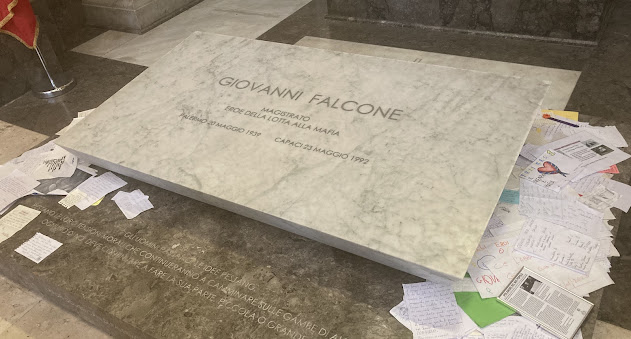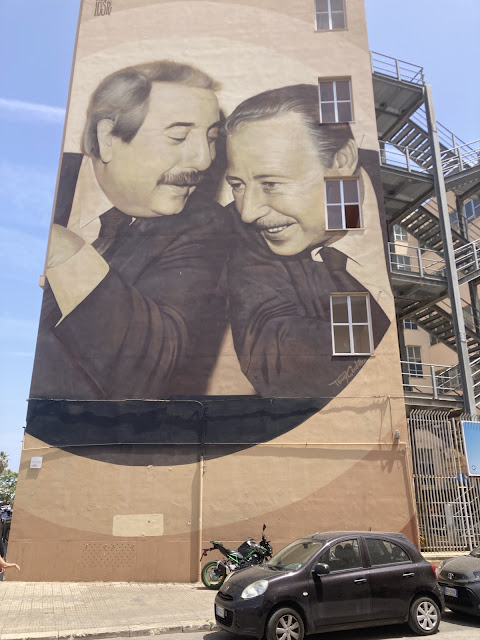 |
| Museo dei Pupi ©Nigel Summerley |
Ortigia, the old heart of Syracuse, is joined to the mainland city by bridges and maintains its own ecccentric identity.
Among its many attractions are the Museo dei Pupi (Puppet Museum), a tribute to the fact that puppetry has ancient historical roots here.
The museum and its motionless inhabitants seem to be tinged with a certain melancholy, not least in the case of a boy with an unusually long and pointy nose – in fact, a puppet of a puppet.
Yes, this is Pinocchio, the wooden toy who, in Carlo Collodi's classic story, wanted to be a real boy.
The puppeteering Vaccaro brothers, Saro and Alfredo, also had a dream, back in the middle of the 20th century, to stage their own version of Pinocchio. Saro made the puppets and Alfredo was the script man.
With the growing popularity of the Disney movie of the same name, they thought their luck was in – but of course, it wasn't. They devised their performance around using the music soundtrack from the movie to enhance their show, but they were soon made aware that they would have to pay royalties. They couldn't afford either the royalties or possible legal action, and in the end that brought the curtain down on their Pinocchio.
As an explanatory note in the museum next to the Vaccaros' original aged puppets preserved here explains: "Pinocchio together with his friends were unused. Little by little, their colours and smiles vanished, covered under a veil of dust."
 |
| Pinocchio and friends ©Nigel Summerley |




